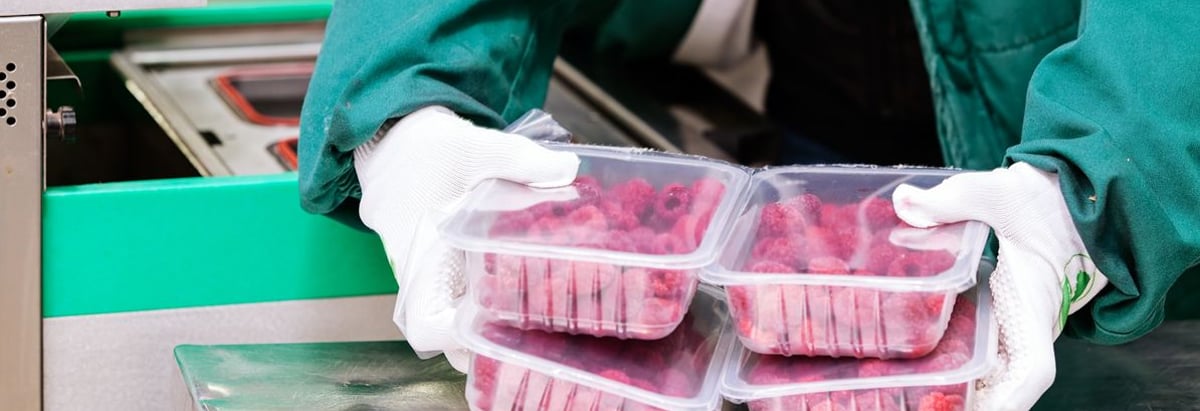Is Wawel S.A.’s (WSE:WWL) 14% Return On Capital Employed Good News?

Today we'll look at Wawel S.A. (WSE:WWL) and reflect on its potential as an investment. Specifically, we'll consider its Return On Capital Employed (ROCE), since that will give us an insight into how efficiently the business can generate profits from the capital it requires.
Firstly, we'll go over how we calculate ROCE. Next, we'll compare it to others in its industry. Last but not least, we'll look at what impact its current liabilities have on its ROCE.
Understanding Return On Capital Employed (ROCE)
ROCE measures the amount of pre-tax profits a company can generate from the capital employed in its business. All else being equal, a better business will have a higher ROCE. In brief, it is a useful tool, but it is not without drawbacks. Renowned investment researcher Michael Mauboussin has suggested that a high ROCE can indicate that 'one dollar invested in the company generates value of more than one dollar'.
So, How Do We Calculate ROCE?
Analysts use this formula to calculate return on capital employed:
Return on Capital Employed = Earnings Before Interest and Tax (EBIT) ÷ (Total Assets - Current Liabilities)
Or for Wawel:
0.14 = zł94m ÷ (zł774m - zł93m) (Based on the trailing twelve months to December 2018.)
So, Wawel has an ROCE of 14%.
See our latest analysis for Wawel
Does Wawel Have A Good ROCE?
One way to assess ROCE is to compare similar companies. Using our data, Wawel's ROCE appears to be around the 13% average of the Food industry. Separate from Wawel's performance relative to its industry, its ROCE in absolute terms looks satisfactory, and it may be worth researching in more depth.
Wawel's current ROCE of 14% is lower than its ROCE in the past, which was 21%, 3 years ago. This makes us wonder if the business is facing new challenges.

When considering this metric, keep in mind that it is backwards looking, and not necessarily predictive. ROCE can be misleading for companies in cyclical industries, with returns looking impressive during the boom times, but very weak during the busts. ROCE is only a point-in-time measure. What happens in the future is pretty important for investors, so we have prepared a freereport on analyst forecasts for Wawel.
Do Wawel's Current Liabilities Skew Its ROCE?
Current liabilities are short term bills and invoices that need to be paid in 12 months or less. The ROCE equation subtracts current liabilities from capital employed, so a company with a lot of current liabilities appears to have less capital employed, and a higher ROCE than otherwise. To counter this, investors can check if a company has high current liabilities relative to total assets.
Wawel has total assets of zł774m and current liabilities of zł93m. As a result, its current liabilities are equal to approximately 12% of its total assets. Low current liabilities are not boosting the ROCE too much.
Our Take On Wawel's ROCE
This is good to see, and with a sound ROCE, Wawel could be worth a closer look. There might be better investments than Wawel out there, but you will have to work hard to find them . These promising businesses with rapidly growing earnings might be right up your alley.
If you like to buy stocks alongside management, then you might just love this freelist of companies. (Hint: insiders have been buying them).
We aim to bring you long-term focused research analysis driven by fundamental data. Note that our analysis may not factor in the latest price-sensitive company announcements or qualitative material.
If you spot an error that warrants correction, please contact the editor at editorial-team@simplywallst.com. This article by Simply Wall St is general in nature. It does not constitute a recommendation to buy or sell any stock, and does not take account of your objectives, or your financial situation. Simply Wall St has no position in the stocks mentioned. Thank you for reading.
About WSE:WWL
Wawel
Produces and sells cocoa, chocolate, and confectionary products in Poland.
Flawless balance sheet and slightly overvalued.
Market Insights
Community Narratives





